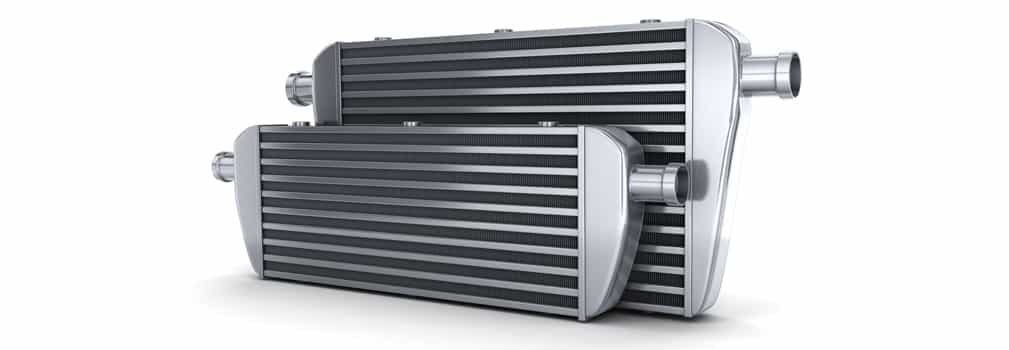Intercooler
How Does an Intercooler Work?
A crucial device in turbocharged vehicles – intercoolers serve as a key device in keeping engines cool and optimised. As most performance vehicles boast complex engines that accompany a number of combustion processes occurring every second, these engines heat up quite fast, resulting in a need for a device that can keep the engine well-optimised.
Intercoolers may seem like complex devices, but their workings and functions are quite straightforward and simple. In this article, Turborevs offers an in-depth explanation of how intercoolers work.
Why Do Vehicles Need an Intercooler?
Before looking into the workings of an intercooler, it is essential to understand why a vehicle needs one in the first place. Many are familiar with radiators, a device that also serves the same purpose as an intercooler. Since radiators have long been in use, many wonder, why is there even a need for an intercooler.
The answer to that question is a two-part one; firstly, radiators have a limited capacity for cooling down the engine, especially since the mode of transferring heat is a liquid coolant, and secondly, turbocharged engines have special requirements, rendering radiators useless for these vehicles.
Intercoolers are much more efficient than their counterparts, especially front mount intercoolers since they use external air as a mode of transferring heat. Turbocharged vehicles tend to require a much more efficient and optimised cooling system – one that intercoolers can easily offer.
How Does an Intercooler Work?
The process starts from turbochargers, which compress the air completely to provide a boost to the engine. However, the compression process makes the air extremely hot, with a very low oxygen content. Since the engine requires a decent amount of oxygen in its air for optimum combustion, the air needs to be cooled down before it can be used by the engine.
This is where intercoolers come in, taking the hot air and passing it through a series of tiny fins and tubes. These tubes are exposed to external air, which absorbs all of the heat from the air, cooling it down completely. Once the air is cooled down, it becomes much more dense with a higher oxygen content. Once the air passes through the fins and is cooled down, it is ready to be sent back into the intake manifold of the engine for the combustion process.
The above-mentioned process is specific to air-to-air intercoolers, which are commonly used in performance vehicles. However, air-to-water intercoolers also follow a similar process, with the only exception that the mode of transferring heat is through a liquid coolant. The rest of the process remains the same.
Conclusion
Being a crucial part of turbocharged vehicles, intercoolers play a significant role in keeping the engine cool and well-optimised. However, understanding the processes behind these devices is also essential, even more so for those that own a performance vehicle. The process explained above is universal to all intercoolers, with the slight exception of air-to-water intercoolers, as they use a liquid coolant instead of air for the cooling process.
Find some of the best intercoolers for the BMW F series at Turborevs and take your vehicle’s performance to new heights.








